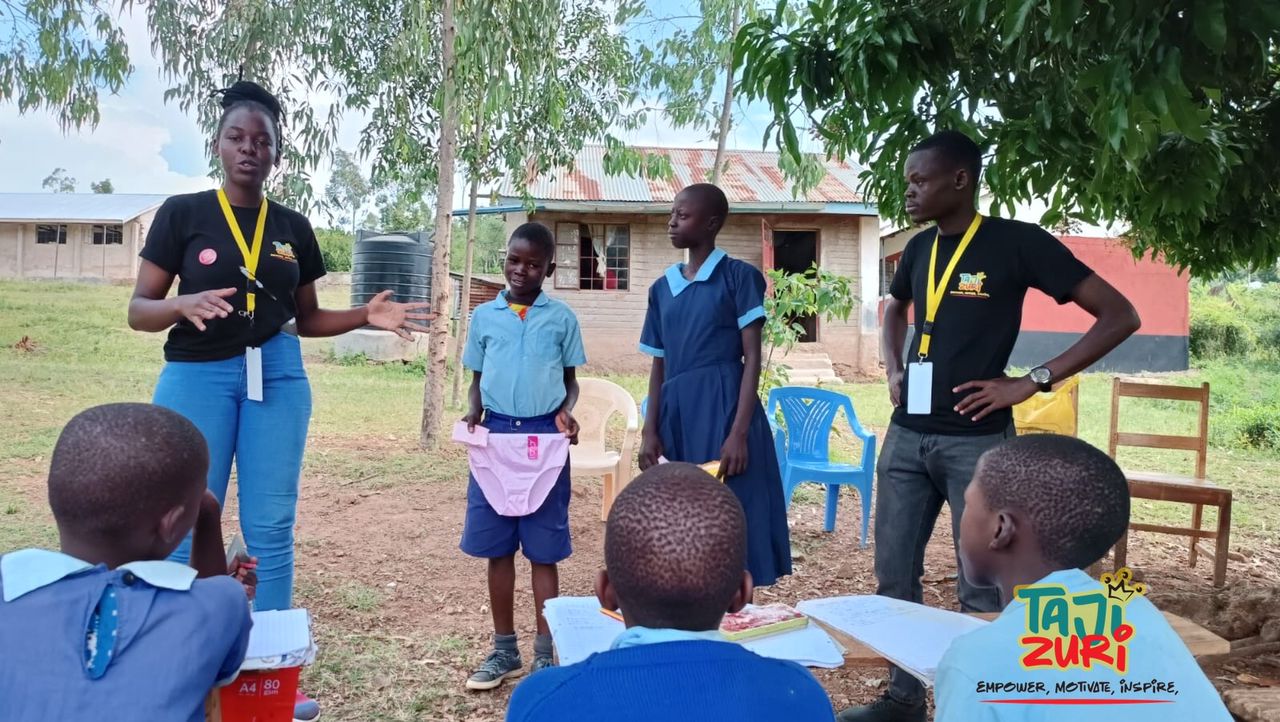Introduction
Sexual and reproductive health is a crucial component of public health and development. It encompasses the physical, mental, and social well-being in all matters related to the reproductive system at all stages of life. Ensuring access to sexual and reproductive health services helps reduce maternal and infant mortality, prevent sexually transmitted infections, manage fertility, and empower individuals particularly women and youths with the information and services needed to make informed choices. Beyond health, sexual and reproductive health supports gender equality, education, and economic stability. Effective collaboration among healthcare providers, educators, community organizations, and policymakers is essential for creating inclusive, accessible, and sustainable sexual and reproductive health programs.
Why collaboration matters in sexual reproductive health
- Shared resources and expertise: Collaboration facilitates the sharing of technical knowledge, human resources and infrastructure. This reduces duplication of efforts and maximizes impacts.
- Policy support and sustainability: Engagement with policymakers ensures that sexual and reproductive health programs are backed by strong policies and adequate funding. Sustainable interventions often require legal frameworks for implementation, something only policy level collaboration can achieve.
- Behavioral and social change: Sexual and reproductive health is influenced by social norms, stigma and misinformation. Community groups and educators can work together to change attitudes and promote positive behaviors, while health professionals offer accurate medical guidance. When multiple stakeholders reinforce the same message, change is more likely to occur.
- Improved access and equality: Through collaborations, services can reach underserved populations such as adolescents, people with disabilities and rural communities. Community based organizations and educators can identify barriers to access and help design inclusive interventions that align with local realities.
Challenges that may arise from the collaboration and the solution
- Lack of clear communication: Different sectors may use different terminologies, have varying priorities under different assumptions leading to misunderstandings. This can be controlled by establishing regular inter-sectoral communication channels such as joint meetings or developing a common language that can enhance understanding and cohesion.
- Limited resources and funding: Collaborations may be hindered by inadequate funding, staffing, or infrastructure, especially in low resourced areas. This can be controlled by mobilizing resources through joint funding proposals, public private partnerships, and donor support.
- Lack of enough training and capacity: Educators, healthcare workers and community leaders may lack adequate training to address Sexual and reproductive health effectively and collaboratively. This may be curbed by providing cross sector training on sexual and reproductive health and collaboration techniques.
Effective interventions for collaboration in providing sexual and reproductive health
Effective collaboration among healthcare providers, educators, community organizations and policymakers are essential in promoting access to equal sexual reproductive health services. These interventions include:
- Community engagement and participation: Engaging community leaders, parents and youth in planning and delivering sexual and reproductive health programs. This ensures that services are culturally appropriate and widely accepted which leads to a widespread knowledge on sexual and reproductive health.
- Comprehensive sexual education: Collaboration between healthcare professionals and educators in delivering age appropriate, fact based comprehensive sexual education empowers young people with knowledge and life skills to make informed decisions.
- Monitoring and evaluation system: Collaborative monitoring and evaluation frameworks help stakeholders track progress, assess impact, and improve sexual and reproductive health programs based on evidence.
Conclusion Effective collaboration between healthcare providers, educators, community organizations and policymakers are essential for improving access to and the quality of sexual and reproductive health services. By working together, these stakeholders can develop comprehensive and culturally appropriate programs that address the unique needs of different communities. Ultimately, strong partnerships foster a more informed and empowered population, leading to better health outcomes, reduced rates of unintended pregnancies, sexually transmitted infections and improved overall wellbeing. Continued investment in collaborative strategies is crucial for achieving long-term sexual and reproductive goals and advancing public health and human development.




